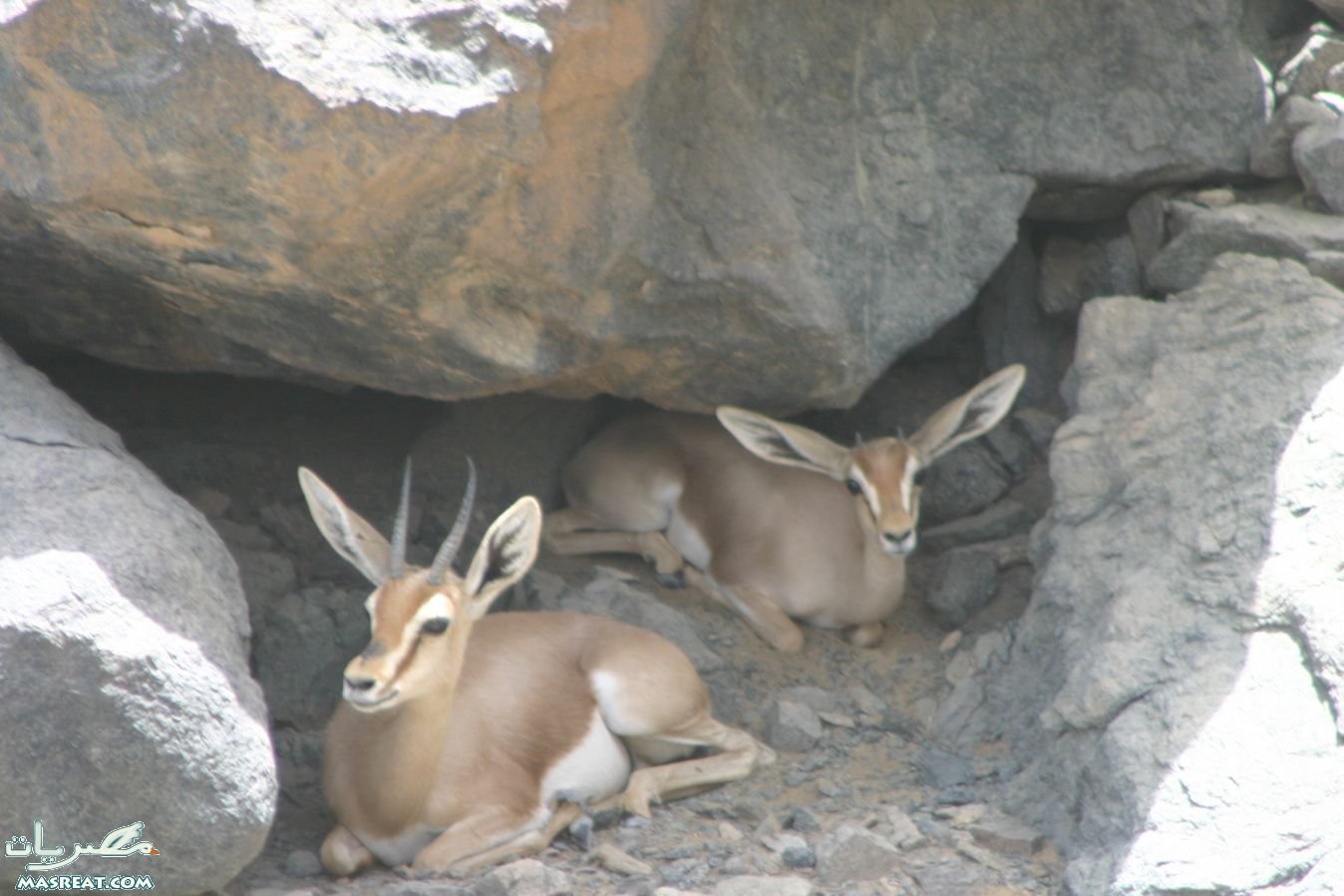
 |

غابات المانجروف الساحلية وجزر البحر الأحمر : للحياة البحرية بمحمية علبة طابع مميز فتلك الحياة تشمل العديد من البيئات والكائنات التى تتنوع وتكيف معيشتها تبعا لتلك البيئات فالمنطقة البحرية تشمل
بيئة جزر البحر الأحمر و التى تشمل جزر السيال والزبرجد وحلايب
بيئة الشعاب المرجانية والتى تعيش بها الكثير من الأسماك والكائنات البحرية
بيئة المياه الضحلة بما تتميز به من نمو لاشجار المانجروف والتى تكون غابات ساحلية بطول شريط الساحل في مناطق متعددة من محمية علبة
بيئة السباخات و المناطق الملحية والتى تنمو بها العديد من النباتات التى توجد في تلك التربة الساحلية الملحية كما تمثل موطن و أعشاش للسلاحف البحرية التى توجد بتلك المنطقة
ويمكن تقسيم المنطقة إلى : منطقة السباخات الساحلية منطقة السهل الساحلى منطقة المنحدرات الجبلية
MANGROVE SWAMPS
The mangrove tree is the nursery of the Red Sea. There are two species of mangrove on Egypt’s Red Sea coast - Avicenna marina and rhizophor amucronata - and both rely on a complex root system to soak up and desalinate seawater. The mangrove’s unique roots grow straight up from the ground, through the water, and into the air above the water line. All around the tree, the roots form a warm-water maze of tiny paths and tunnels that make a safe home for 35 species of young fish and other sea life. Without this vital habitat, the juvenile fish would never grow to be adults and the entire Red Sea fishery would be impacted.
Local fishermen often set up camp among the trees and use mangrove wood in their campfires. Bedouin herders allow their camels to graze on mangrove roots. For many years, these groups have used the mangroves sustainable, but as these established activities are combined with the growing pressure of tourism and development, the mangrove is slowly being pushed beyond its breaking point. Recent surveys have found that garbage tangled among the trees is one of the worst new offenders, choking off roots as well as young fish. Mangrove stands, which can range from just a
Efforts are underway to protect the mangroves. Signs marking the coastal stands have been erected to raise awareness of the trees’ location and importance. The Red Sea Rangers are supporting plans to define core buffer zones as the next step in mangrove protection. The Rangers also believe flood paths, which provide the trees with much-needed influxes of fresh water, should be part of any protected mangrove areas. Special regulations for fishing around mangroves are already in place, and more should be considered. Proper garbage collection and dumps are of key importance, and any future development activities must take into account the sensitivity of this vital ecosystem.
جاليري مصر - اعداد وتقديم: مصريات